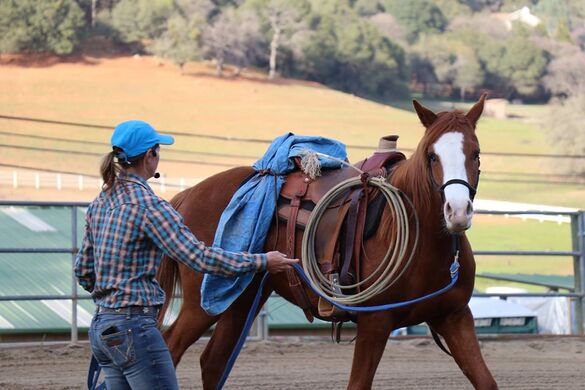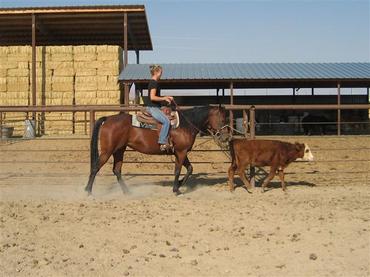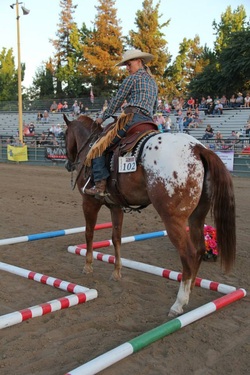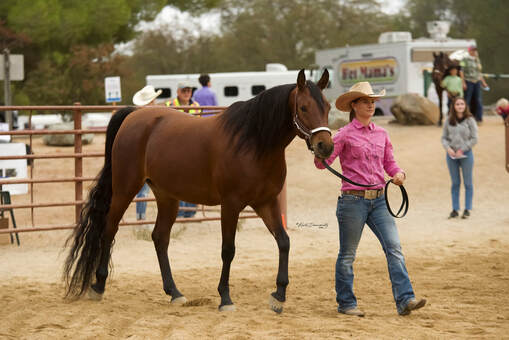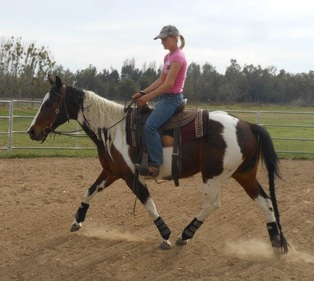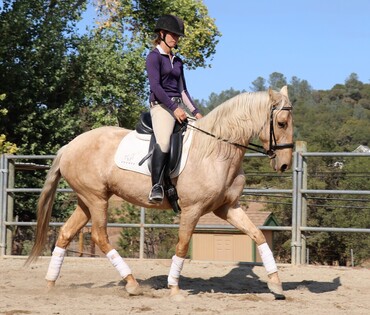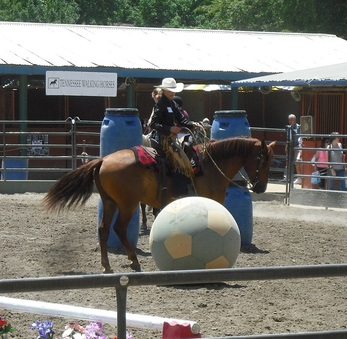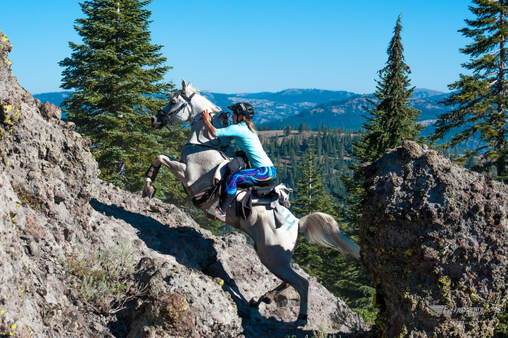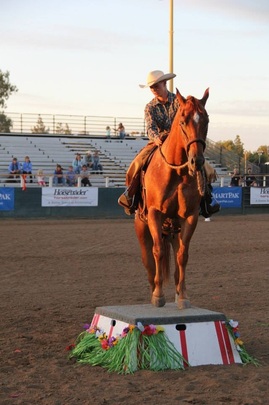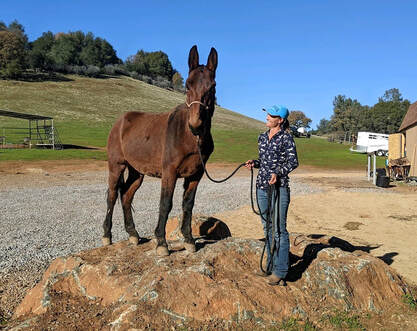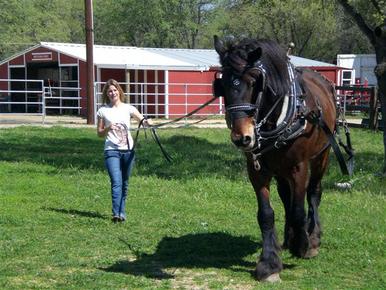Horse Training
Colts Starting~Problem Solving~Continued Education
*PLEASE NOTE - Limited training slots available. Waiting list in tact, please contact me to see about the wait list.
PLEASE NOTE: PRICE ADJUSTMENTS FORCASTED FOR APRIL 2023
_
What is the best learning situation for any of us? The answer generally is a learning environment with positive re-enforcement, exercises that make learning fun, doing lessons that are in the students capability, and building lessons from basic ground level concepts to advanced concepts. The student needs a teacher that is knowledgeable and experienced in order to put together the perfect learning situation. This idea applies to not only human students, but equine students.
What is the best learning situation for any of us? The answer generally is a learning environment with positive re-enforcement, exercises that make learning fun, doing lessons that are in the students capability, and building lessons from basic ground level concepts to advanced concepts. The student needs a teacher that is knowledgeable and experienced in order to put together the perfect learning situation. This idea applies to not only human students, but equine students.
Training Packages
_
Training
Please check document page for current prices.
Full time training - Includes 5 sessions a week with one of them being a lesson, so you can learn and grow with your horse.
**90 DAY MINIMUM REQUIRED FOR COLT STARTING**
Training
Please check document page for current prices.
Full time training - Includes 5 sessions a week with one of them being a lesson, so you can learn and grow with your horse.
**90 DAY MINIMUM REQUIRED FOR COLT STARTING**
Maintenance - Includes 3 sessions a week, with one of them being a lesson. For horses that are already going well and need to maintain skills and muscling.
(Please see document section for training agreement and release of liability)
(Please see document section for training agreement and release of liability)
_
Before you put your horse in training:
What are your goals?
Is your horse due for a trim or will he need shoes?
Is your horse sound and healthy including vaccinations and de-worming?
Have you had your horses teeth checked for sharp points or wolf teeth?
Please check with your farrier and veterinarian in advance and plan ahead!
If you have any questions about the proper training program for you and your horse's needs, please contact me to discuss them. There is no such thing as a 30 day wonder. Just as we went to school for years and years to remember everything that we know, horses benefit exponentially from allowing them more time to learn and understand things. Sure, we can cram a lot of information into a horse, but cramming upsets their mental balance. I am available to discuss programs and finances to make sure you and your horse both win.
Before you put your horse in training:
What are your goals?
Is your horse due for a trim or will he need shoes?
Is your horse sound and healthy including vaccinations and de-worming?
Have you had your horses teeth checked for sharp points or wolf teeth?
Please check with your farrier and veterinarian in advance and plan ahead!
If you have any questions about the proper training program for you and your horse's needs, please contact me to discuss them. There is no such thing as a 30 day wonder. Just as we went to school for years and years to remember everything that we know, horses benefit exponentially from allowing them more time to learn and understand things. Sure, we can cram a lot of information into a horse, but cramming upsets their mental balance. I am available to discuss programs and finances to make sure you and your horse both win.
What will your horse get out of their training?
30 days - in 30 days, the horse settles into the facility and learns the program. They learn how to look for release and how to better their try. They begin building appropriate muscles. This is the place where everything begins and that they can get their mind in the game. Bad habits they may have start to fade away. Everything begins to happen here, but the horse has not made the new things they have learned a way of life, so anything they learn could be easily lost if they go home and things are not accurately re-enforced. 30 day programs are only a starting point. If your horse needs a simple base of reference, some groundwork, or is a new horse you just want to get to know with a helping hand, this is a place to start.
60 days - As horses are in their second month of training, they begin to be more solid on the simple requests made on them. They have been asked how to carry themselves long enough that they begin to start looking for the proper frame. Their muscles are building and it is becoming easier for them to hold themselves together in simple requests. A try is better understood and they look for ways to try. Horses on the trail at this point learn to seek guidance from their rider more than reacting to stimulus around them. 60 day programs will allow a horse to cement what they learned in month one and have better retention and a little more muscle memory and fitness. Some young horses can benefit from a 60 day program, but they are still not solid at all and would need to go home to a confident rider.
90 days - After 90 days, the horse is feeling pretty good about things. Physically, he is able to do what is asked of him. His muscle memory is improved. Mentally, he is looking for what the rider is asking of him and even if the rider gets their cue a little wrong, he may be solid enough to start filling in for them. You can start using more "adult cues," and he will understand the aids enough to get it. He is focused and wants to listen to his rider. This is the standard program for someone that wants to get their horse on the right track to being solid. With a solid foundation, the horse will always have something to fall back on.
This is purely a rough guideline of how horses learn from their training program. The biggest thing I would like to stress is there is no such thing as a 30 day wonder, or even a 90 day wonder. Horses put in training for 30 days will learn, but if they are not where they need to be or the goals are two high, either the owners goals will not be met or stress will be put on the horse and trainer to try and make the owner happy. Even for my example, 90 days is not the end of the road, this purely gives an idea as to how the learning process evolves. 90 days allows for good basics.
Horses slated to show in the Junior horse classes are allowed 2 years of training before they can really strut their stuff (assuming they are a jr horse until the age of 5). After 2 years of training, the western show horse is required to take more responsibility for themselves and recreate the same quality of movement in one hand, with less help from the rider, without sacrificing quality. Dressage horses climb the latter to use proper carriage to grow their skills into things like half-passes and tempi changes. The best endurance horses competing in 100 mile rides are allowed enough rides and miles that the best of them peak after age 10. After basic training, the sky is the limit and the focused maneuvers just depend on your discipline of choice.
Think about your school career. If you lived 80 years, you would have gone to school a minimum of 16% of your life. If a horse was to live to the age of 25, 16% of his life would be 4 years. If we use Futurity horses as an example of how long horses are in training in order to be competitors, even those young horses are in training a year and a half to get to their first big show if they are going to be serious. If we expect the most out of our horse, we have to allow them the time to learn, so they can be pleasant and proficient in their work and we can be safe and enjoy the ride.
Continued training for older horses
Life is a journey and there is always something to learn along the way. After a young horse receives their elementary education, they continue on to specialty work, which is where we think, what do you and your horse want to per sue together? Aged horses still need periodic tune ups, whether it be just to get them in shape, learn a new skill, or finesse their manners or handling. Continued training for the older horse that is already ride able ranges from show prep and learning how to execute maneuvers to be successful in the show ring, having your horse be mentally and physically available to help you be a better rider, more safe on the trail, or just find new things to expand their mind. Sometimes, continued training means going back and working on things that the horse should have learned when they were young and never did! No matter the scenario, we can work together to make you and your horse a better team.
"A horse is like a violin. First it must be tuned, and when tuned, it must be accurately played." -Anonymous
_Dunbar, the mule - original all terrain vehicle.
